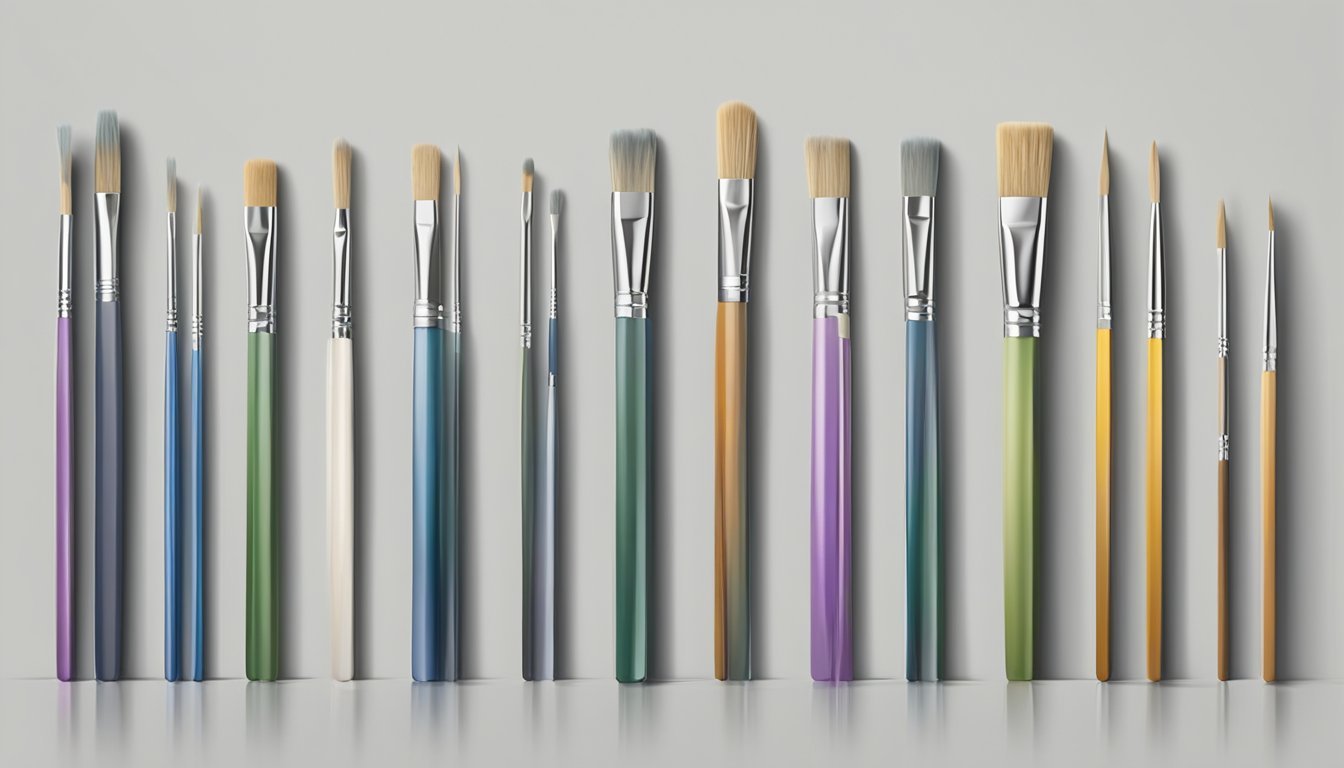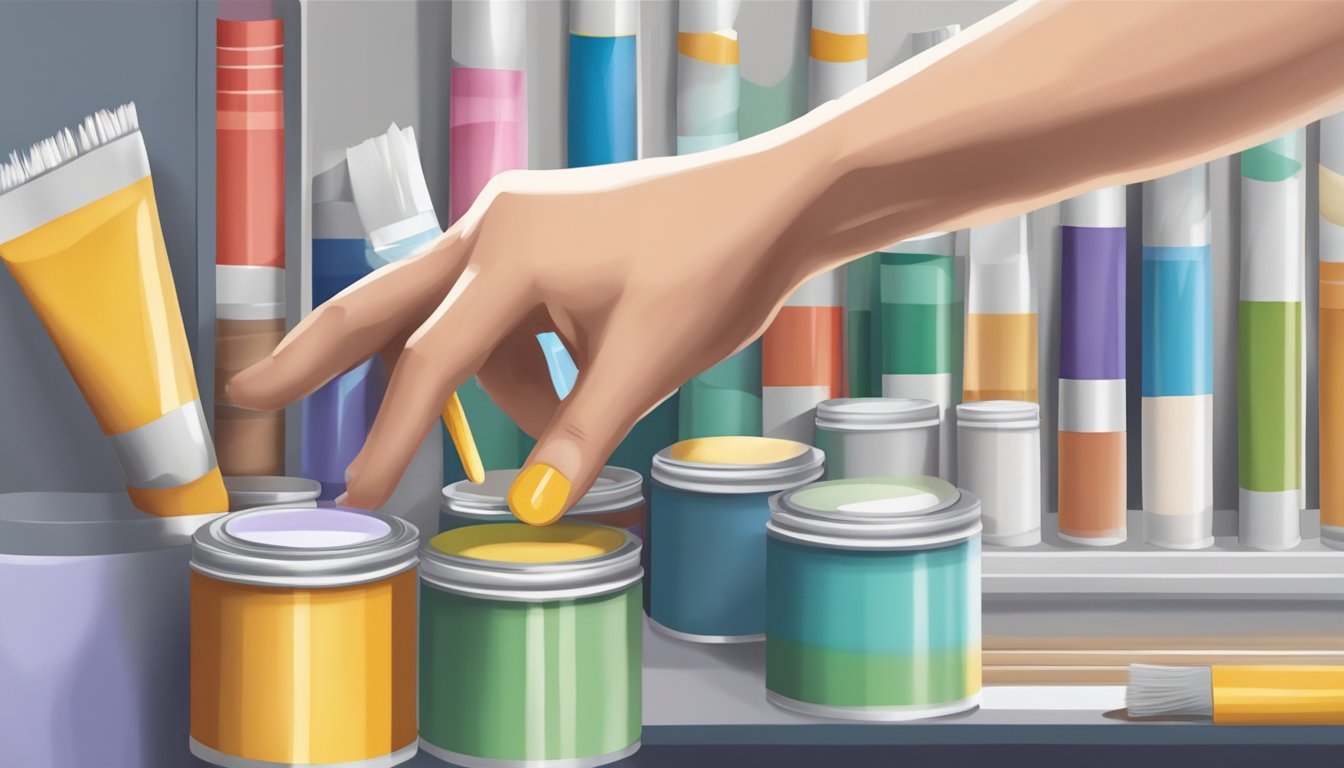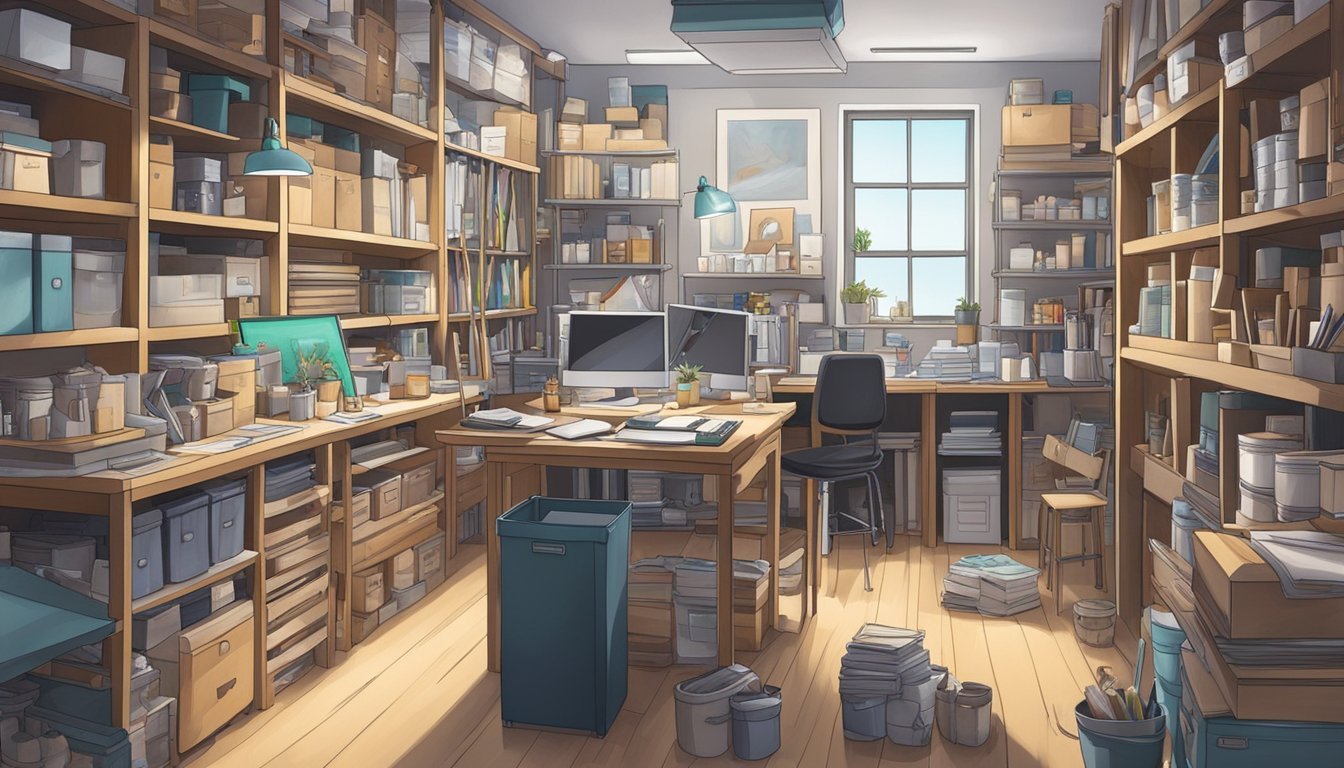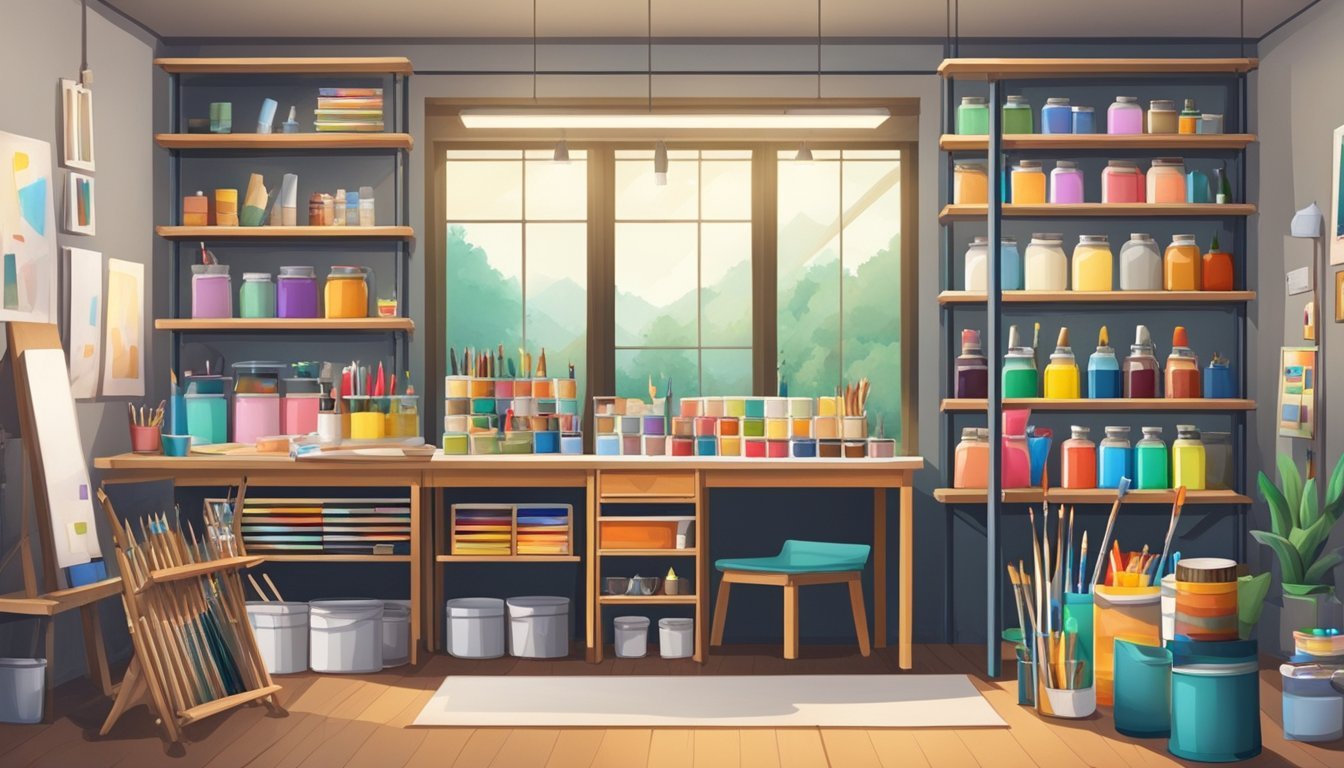Taking care of your art supplies is crucial if you want to get the most out of your creative tools.
Maintaining them properly can ensure they last longer and perform better, making your artistic process smoother and more enjoyable.
Whether you’re a seasoned artist or just starting, knowing how to care for brushes, paints, and other materials can make a significant difference in your work.

With a few simple tips and tricks, you can keep everything in top condition and ready for your next project.
From proper cleaning techniques to safe storage methods, these practices will help you protect your investments and enhance your overall art experience.
1) Store brushes with bristles up

When storing your paintbrushes, make sure to keep the bristles facing upwards.
This method helps maintain the shape and integrity of the brush fibers.
Storing brushes upright can prevent the bristles from becoming misshapen.
If you store them with the bristles down, they can be damaged or distorted, leading to a lesser performance during painting.
You can use a jar or a designated brush holder.
Both options work well as long as the handles are pointed down; this keeps the delicate bristles safe.
If you don’t have a special holder, even a clean jar can do the trick.
Just make sure it’s tall enough to keep the bristles from touching the bottom.
Maintaining this practice will extend the life of your brushes, allowing you to enjoy them for many painting sessions ahead.
Proper storage is crucial for keeping your art supplies in top condition.
Keep paints sealed tightly

To preserve the quality of your paints, always make sure to seal them tightly after use.
Air exposure can dry out paints and ruin their consistency.
Check the lids and containers to ensure they fit snugly.
If you notice any damage or warping, consider transferring the paint to a new container.
For acrylic paints, use airtight containers to avoid clumping.
Plastic wrap or foil can work well for palettes with leftover paint.
This method helps keep the moisture in and prevents drying.
Store your paints in a cool, dry place away from direct sunlight.
This minimizes temperature fluctuations that could affect the paint quality.
Regularly check your supplies to ensure everything is sealed properly, especially if you haven’t used them in a while.
Keeping your paints sealed tightly will help you get the most out of your art supplies.
3) Use archival storage boxes

Storing your art supplies in archival storage boxes is a smart move.
These boxes protect your materials from dust, light, and moisture, which can cause damage over time.
Choose acid-free options to keep your papers and canvases safe.
Acidic materials can lead to yellowing and deterioration.
A well-fitted box prevents movement during storage, reducing the chance of damage.
Be sure to label each box so you can easily find what you need.
You might want to look for boxes designed for specific items, like prints or sketchbooks.
This way, you can provide the right kind of support and protection for your supplies.
When stacking boxes, go for a stable arrangement to avoid crushing anything underneath.
Keeping everything organized not only helps protect your supplies but also makes your creative space more enjoyable.
4) Clean palettes after use
Cleaning your palette after each use is essential for maintaining its condition.
It prevents dried paint from accumulating and makes your next painting session smoother.
Start by removing any excess wet paint with a paper towel.
For dried paint, soak the palette in warm water to soften the residue.
Once softened, you can easily peel or scrub it off.
Using a little dish soap helps break down any leftover paint.
Scrub gently with a brush, then rinse the palette thoroughly with warm water.
If you’re using a magnet or rubber components in your palette, consider conditioning them with a small amount of vegetable oil.
This protects the materials and extends their life.
After washing, let your palette air dry completely before storing it away.
Keeping your palette clean ensures you’re always ready to create without interruption.
5) Sharpen pencils regularly
Keeping your pencils sharp is key to producing clean, precise lines.
A sharp point gives you better control over your drawing or coloring.
Try to sharpen your pencils each time you notice the point starting to dull.
This helps you maintain the best drawing experience.
When sharpening, avoid pressing too hard.
Gentle pressure on the sharpener is easier on the pencil and can help prevent breakages.
Using the right sharpener for your pencil type also matters.
Different pencils have varying core materials, so a specialized sharpener can make a difference.
If you find yourself sharpening a colored pencil and it keeps breaking, it might be worth checking the blade’s sharpness.
Dull blades can cause uneven sharpening and extra wear on the pencil.
Regular sharpening keeps your art supplies in tip-top shape and enhances your overall artwork quality.
Understanding Your Art Supplies

Caring for your art supplies means knowing what they are made from and how to maintain them.
Different materials have specific needs, and being able to identify quality as well as signs of wear is essential for longevity.
Different Types of Materials and Their Needs
Your art supplies come in various materials, each requiring different care.
Here’s a quick list:
-
Paints: Watercolors, acrylics, and oils all have unique needs. Watercolors need to be stored upright, while acrylics should be sealed tightly to prevent drying out. Oil paints require proper ventilation and should be stored in a cool area.
-
Brushes: Synthetic brushes are typically easier to clean but can be less durable. Natural hair brushes, like sable or hog bristle, require gentle cleaning with soap and water. Always reshape the bristles after cleaning to avoid damage.
-
Papers: Different weights and textures react differently to various mediums. Keep your papers flat and away from moisture. Archival quality paper lasts longer and resists aging.
Recognizing Quality and Signs of Wear
Understanding quality helps you make better choices.
Here’s what to look for:
-
Brushes: Quality brushes have a smooth finish and secure bristles. If bristles are falling out or fraying, it’s time for a replacement.
-
Paints: For acrylics and oils, high-quality brands usually have vibrant colors and consistency. If the paint separates easily or feels gritty, consider switching brands.
-
Papers: Quality paper feels substantial and has a uniform texture. Signs of wear include discoloration, fading, or tearing.
Taking the time to recognize these details enhances your artistic experience and ensures your tools remain in top condition.
Storage Solutions for Art Supplies
Keeping your art supplies in top condition requires thoughtful storage solutions.
By focusing on climate control and organization, you can shield your materials from damage and maintain their quality.
Climate Control and Humidity
Humidity can ruin many art supplies, especially paper and paints.
Aim to store your art materials in a space where the humidity is controlled, ideally between 30-50%.
Here are some tips to manage climate control:
- Use Dehumidifiers: In damp areas, these devices can help maintain optimal humidity.
- Store in Sealed Containers: Airtight bins can protect supplies from moisture. Consider using silica gel packets inside containers for extra moisture absorption.
- Avoid Direct Sunlight: Keep supplies away from windows, as sunlight can cause fading and degradation.
These small steps can create a stable environment that helps preserve your critical materials.
Organizational Tips to Prevent Damage
Proper organization maximizes space and minimizes the risk of damage to your supplies.
Implementing specific storage methods is essential.
- Pegboard Walls: Ideal for hanging supplies, keeping them accessible and off surfaces.
- Clear Bins: Use clear containers so you can see what’s inside without opening them, reducing clutter.
- Label Everything: Clearly labeling storage containers helps you find what you need quickly, reducing the chances of accidents.
By investing in dedicated storage solutions and organizational strategies, you can keep your creative tools safe and ready for use!


